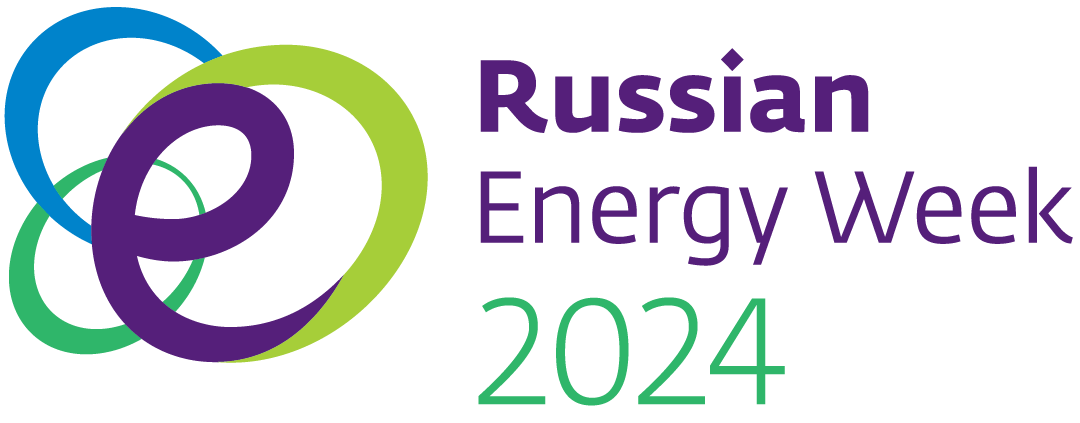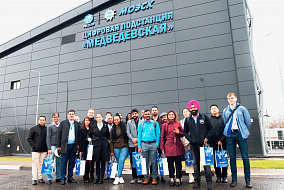Regions Share Experience in Consolidating Power Grid at REW 2022

Participants in the session ‘Improving the Reliability and Quality of Power Supply: Con-solidating Power Facilities’ at the Russian Energy Week International Forum 2022 (REW) dis-cussed work to consolidate the power grid, taking into account its fragmented structure, poor reli-ability and service quality indicators, and high operating costs. The session was organized by the Russian Energy Agency of the Russian Ministry of Energy and the Roscongress Foundation with the support of the Russian Ministry of Energy.
The consolidation of the power grid aims conduct a phased reduction in the number of lo-cal grid companies (LGCs), create a single centre of responsibility to ensure reliable and high-quality power supplies, and establish efficient technological infrastructure that meets international standards.
The consolidation process is complicated by the inability to pursue a unified technical pol-icy, in particular, due to the fragmented structure of the power grid. As a result, the actual pace of consolidation has been lower than planned.
“The issue of consolidation did not appear today or yesterday. It’s a long process, which was outlined in the strategy for the development of the power grid back in 2010–2012. As soon as this ‘de-consolidation’ began, they immediately started thinking about consolidation, taking into account problems with increasing the reliability of power supplies to end consumers and the practice of certain agents: owners of the power grid or ‘non-owners’ who managed the power grid property on another basis and primarily could not cope with supplying power to the main unprotected consumers – the population,” Russian Deputy Minister of Energy Yevgeny Grab-chak said.
Grabchak noted that Russia has undergone one massive wave of consolidation since the start of the 2010s. Initially, there were about 3,000 LGCs in the country, but now there are 1,700 of them. The actions that are currently being taken to adjust the regulatory framework are ex-pected to decrease the number of LGCs to 300–400, i.e., there will be 3–4 large LGCs in each region, depending on the density of the network and its topology.
The next question is which companies in particular will leave the market: will it only be unscrupulous LGCs or will companies that meet all the criteria, but are too small also be left out. Grabchak explained that unscrupulous LGCs are those that have frequent power grid accidents and a low level of satisfaction among consumers. It is assumed that such companies will be the first to leave the market.
Andrey Leontyev, Minister of Energy and Gas Supply of the Primorsky Territory, spoke about the experience of restoring power grids after emergencies and accidents. In November 2021, the region experienced severe freezing rain and wind. The power grid equipment that was damaged was fully restored after only 10 days. The Federal Service for Environmental, Techno-logical, and Nuclear Supervision cited a lack of backup equipment as well as specialized machin-ery and repair teams as the main reasons that led to the accident or made it difficult to respond to it.
“We saw the problems with the power grid. These include the scarcity and patchwork na-ture of the grids, closed power centres, imperfect circuits, and the inability for electrical switching operations. As a result, the Primorsky Territory government took the decision to consolidate. We started this work with DRSK, a partially state-owned company that is part of the RusHydro Group. We signed a joint roadmap and an agreement on the consolidation of the property, which is under municipal ownership,” Leontyev said.
This is systematic work that will take several years. It will ultimately lead to a reduction in the number of LGCs: the truly professional companies that have the ability to attract additional resources and quickly respond to accidents caused by bad weather will remain on the market, he said.
In the Moscow Region, for instance, today there are two companies that service the re-gion’s power grid: Mosoblenergo, which has a roughly 25% share of the market, and Rosseti Moscow Region, with around a 70% share. This helps to reduce the time needed to restore power supply after major thunderstorms. Olga Roganova, First Deputy Minister of Energy of the Mos-cow Region, said it takes less than 1.5 hours to restore power supply in the region after summer storms.
The region also has plans to consolidate unowned power grid facilities. “We have done lots of inventory work on the [grid] and by 2024 we plan to completely get rid of unowned pow-er grid property,” Roganova said.
Active consolidation work is also being conducted in the Chuvash Republic, where the authorities, without waiting for any natural disasters, decided to take measures to improve the quality and reliability of power supplies. In particular, an analysis was conducted of all citizens’ complaints about the operation of the power grid that were received through the Regional Control Centre and processed by feedback specialists.
“We also audited all grid organizations that operate in the region. It turned out that 80% of accidents occurred at small companies that share 25% of the market. Of these 38 companies, 15 of them do not have professional staff that can ensure the maintenance and repair of the power grid,” Chuvash Republic Minister of Industry and Energy Alexander Kondratyev said.





